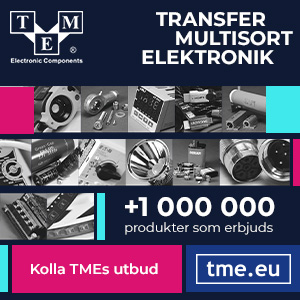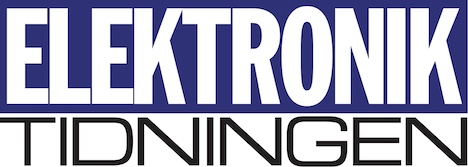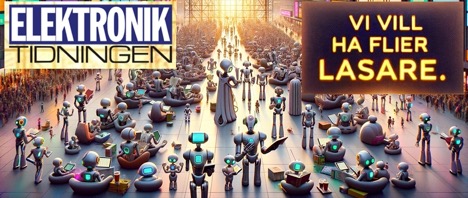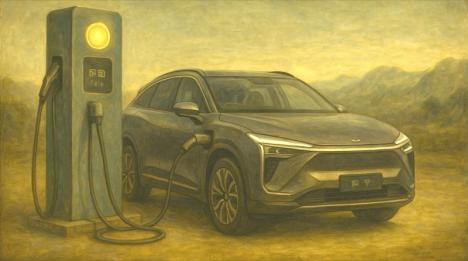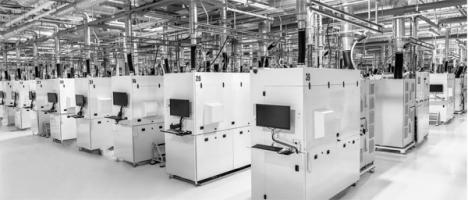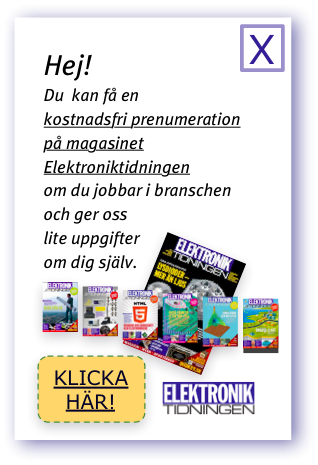This has led to claims that electrical interconnects have reached their optimal performance, and many companies, such as American Primarion, are instead concentrating on developing optical interconnects. However, according to Christer Svensson at Linköping University this is all a misunderstanding. His calculations show that it is possible to reach data speeds of at least 25 Tbit/s on boards and 77Tbit/s on chips with electrical interconnects. He tells Elektroniktidningen:
"My message is: let's learn to build electrical high-speed interconnects instead of spending all this energy on finding alternatives. For greater distances, fibre is superior to copper, but on boards and chips I can see no reason to use optics."
Christer Svensson's calculations can be found on: www.ek.isy.liu.se/~christer/InterconnectManuscript.pdf
Gittan Cedervall
